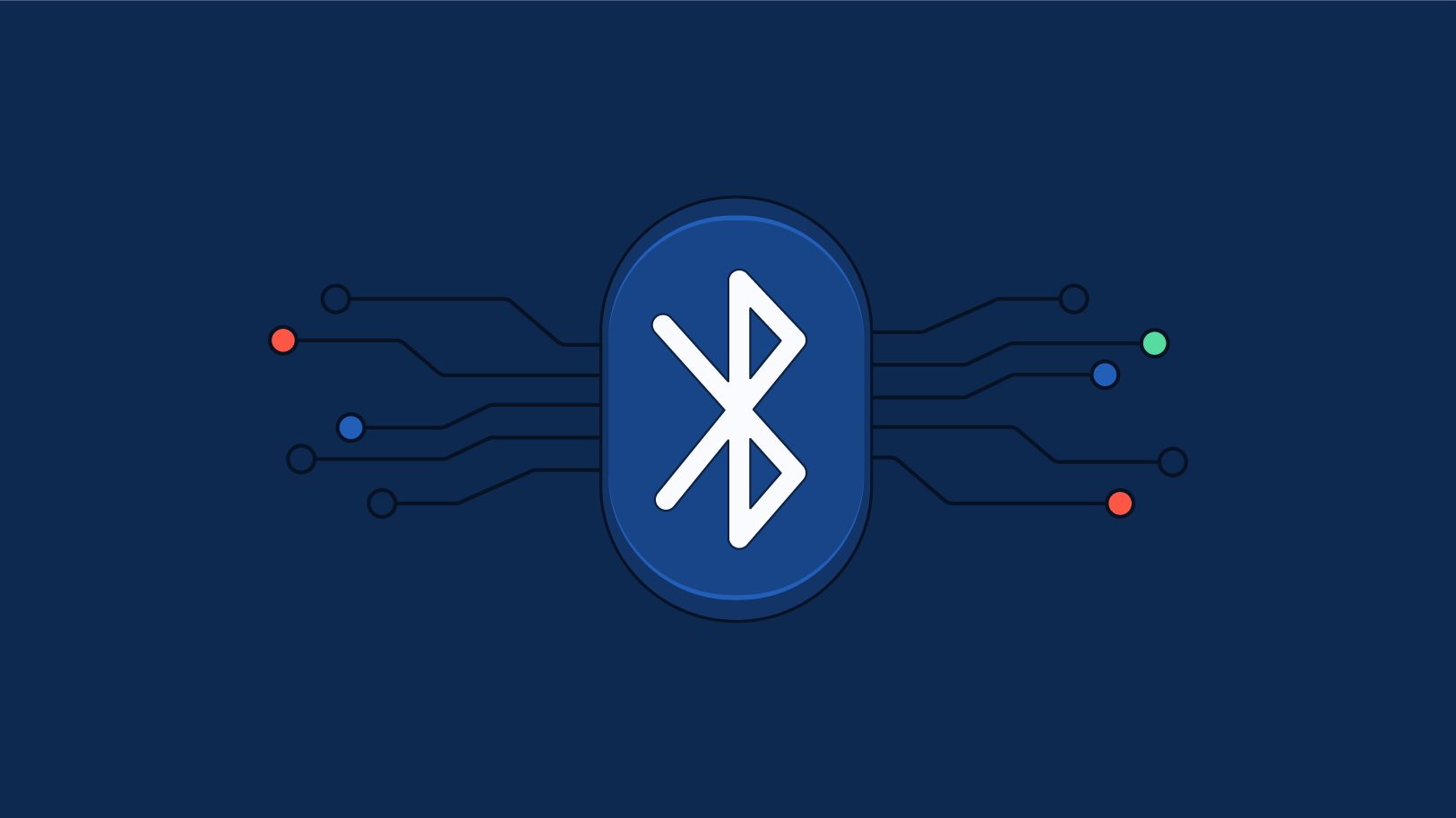Learn the fundamentals of IoT connectivity technologies and maximize the impact that IoT has in your daily life and business operations.
6 Leading IoT Connectivity Technologies
In the ever-evolving world of technology, the Internet of Things (IoT) has emerged as a transformative force, redefining the way devices and systems connect and communicate. IoT refers to the network of interconnected devices embedded with sensors, software, and other technologies, enabling them to collect and exchange data.
The popularity of IoT connectivity can be attributed to several factors. Firstly, the addition of affordable and small sensors, coupled with advancements in connectivity technologies, has paved the way for widespread adoption. Additionally, the increasing demand for real-time data insights has fueled the integration of IoT routers across various sectors. This interconnected ecosystem holds profound implications for businesses and individuals alike, fostering unprecedented levels of efficiency, automation, and convenience.
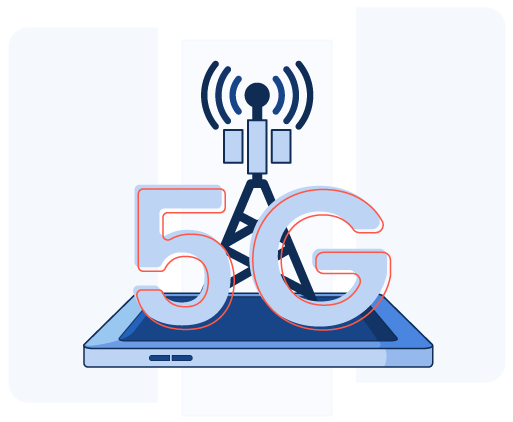
5G Connectivity for IoT Advancements
5G is the latest standard in the technological space. With lightning-fast connections, it enables seamless communication among IoT devices, eliminating delays and transforming your smart home into a synchronized ecosystem where thermostats and lights work harmoniously.
Key 5G Superpowers for IoT:
Lightning-Fast Connections: 5G introduces unprecedented speed, ensuring fast and efficient contact between IoT devices.
Quick and Responsive Communication: The responsiveness of 5G enhances the real-time exchange of data, which is crucial for applications demanding instant actions.
Handles Lots of Devices at Once: 5G's scalability allows it to manage a multitude of IoT devices simultaneously, preventing communication bottlenecks.
More Room for New Gadgets: The expansive capacity of 5G accommodates the integration of numerous new IoT gadgets, fostering innovation and diversity.
Saves Energy: Despite its high performance, 5G remains energy-efficient, prolonging the battery life of devices like smartwatches.
Super Reliable Connections: 5G ensures a strong and reliable network, crucial for the dependable operation of various IoT applications.
Beyond its speed, 5G excels in managing simultaneous communications — an advantage for advanced connectivity technologies in IoT. Energy efficiency adds another layer of appeal, ensuring a lasting impact on devices with batteries. The future of IoT appears promising, with 5G poised to revolutionize smart homes, healthcare, agriculture, and factories, elevating our connected world to new heights of amazement.
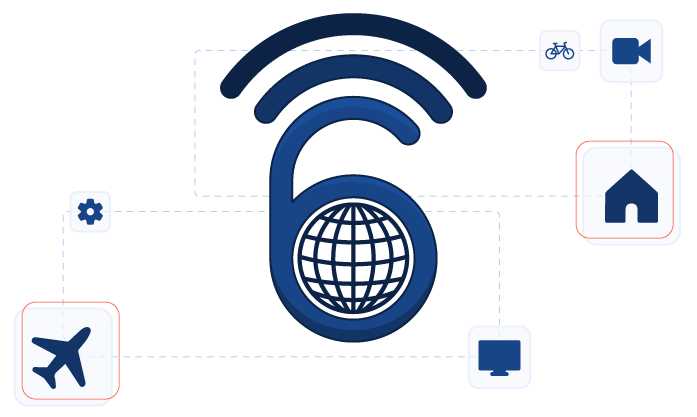
Wi-Fi 6: Elevating Wireless Connectivity
Wi-Fi 6, a state-of-the-art standard in wireless networking, marks a significant advancement in the realm of Internet connectivity technology. It transcends mere upgrades, representing a technological leap designed to advance the way our devices connect and communicate.
Key Features of Wi-Fi 6:
Increased Data Transfer Speeds: Wi-Fi 6 propels data transfer speeds to new heights, ensuring a faster and more efficient wireless experience. This is especially important in our increasingly wireless-dependent world.
Improved Network Efficiency: The enhanced efficiency of Wi-Fi 6 enables smoother device connectivity with reduced congestion, contributing to an overall enhanced user experience.
Reduced Latency for Quicker Responses: Wi-Fi 6 addresses latency concerns by significantly minimizing the delay between sending and receiving data. This facilitates almost instantaneous communication among devices in IoT environments, supporting real-time applications.
Ideal for High-Density IoT Environments: Wi-Fi 6's capabilities shine in high-density IoT scenarios, where numerous devices, from smart home gadgets to industrial sensors, need to connect simultaneously.
Wi-Fi 6's transformative features go beyond faster speeds; they redefine wireless connectivity by improving efficiency, minimizing latency, and catering to the demands of high-density IoT environments. In a world increasingly reliant on wireless communication, Wi-Fi 6 emerges as a cornerstone technology facilitating a seamless and responsive connected experience.
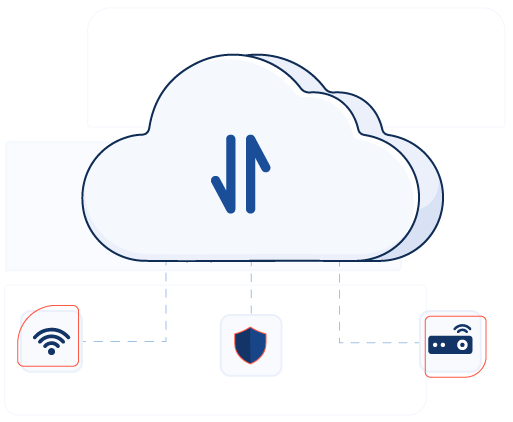
LPWAN Technologies: Empowering Long-Range, Low-Power Connectivity
Low-Power Wide-Area Network (LPWAN) technologies, exemplified by protocols like LoRaWAN and NB-IoT, are tailored for specific needs. These technologies provide efficient communication for devices that demand extended battery life and operate in remote or challenging environments.
At the heart of LPWAN's appeal is its ability to facilitate low-power, long-range communication. This means that devices using LPWAN technologies can stay connected over considerable distances without draining their batteries quickly. For IoT applications spread across vast areas or deployed in places with limited power resources, LPWAN emerges as a reliable and practical solution.
Here's a breakdown of the key characteristics that make LPWAN technologies a go-to choice for specific IoT scenarios:
Key Features of LPWAN Technologies:
Low-Power Operation: LPWAN ensures that connected devices consume minimal power, extending the lifespan of batteries.
Long-Range Connectivity Technology: Devices using LPWAN can communicate over extended distances, making it suitable for applications covering large geographical areas.
Extended Battery Life: LPWAN's low-power design contributes to prolonged battery life, reducing the need for frequent replacements or recharging.
Remote Deployment: Ideal for IoT applications in remote or challenging environments where power sources may be limited or hard to access.
Cost-Effective Connectivity: LPWAN technologies offer a cost-effective solution for connecting devices over long distances, making them economical for large-scale deployments.
LPWAN technologies stand as a testament to the adaptability and diversity within the IoT connectivity landscape, addressing specific challenges associated with power consumption and communication range.
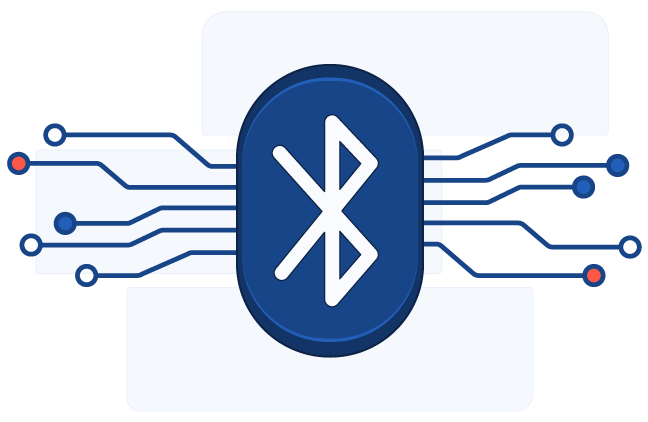
Bluetooth Low Energy (BLE): Power-Efficient Connectivity for Short Ranges
Bluetooth Low Energy (BLE) emerges as a beacon of power-efficient wireless communication within the Internet of Things (IoT) ecosystem. Specifically crafted for short-range connections, BLE technology has found widespread adoption in various connectivity technologies in IoT, ranging from wearables and smart home devices to healthcare applications.
Its popularity stems from its ability to provide reliable connectivity while minimizing energy consumption, making it an ideal choice for battery-powered devices.
Key Characteristics of Bluetooth Low Energy (BLE):
Power Efficiency: BLE is designed to operate with minimal energy consumption, ensuring that devices equipped with this technology can maintain prolonged battery life.
Short-Range Connectivity: Tailored for short distances, BLE excels in connecting devices within close proximity, making it suitable for applications where devices need to communicate over limited physical spaces.
Widespread Adoption: BLE has become a standard choice for various IoT devices due to its versatility and compatibility, allowing seamless integration into a broad range of applications.
Cost-Effectiveness: The implementation of BLE is cost-effective, contributing to its popularity in IoT deployments where efficiency and affordability are crucial considerations.
Versatility in Applications: From wearable fitness trackers to smart home gadgets and healthcare sensors, BLE's adaptability makes it a go-to solution for diverse IoT scenarios.
Bluetooth Low Energy's role in IoT connectivity technologies underscores the importance of tailored connectivity solutions that balance power efficiency, cost-effectiveness, and adaptability, catering to the specific requirements of short-range communication applications.
Zigbee: Building Strong Mesh Networks for IoT Connectivity
Zigbee, a wireless communication standard designed for efficiency, takes center stage in the world of IoT connectivity technology. Its forte lies in establishing resilient and scalable mesh networks, making it a preferred choice for applications requiring reliable communication among a multitude of devices. Zigbee's influence extends prominently into home automation and industrial Internet of Things (IoT), where its capabilities shine in providing steadfast technology connectivity for diverse devices.
Key Features of Zigbee:
Low-Power Operation: Zigbee operates with minimal power consumption, ensuring extended battery life for connected devices.
Short-Range Communication: Tailored for short distances, Zigbee excels in connecting devices within close proximity, fostering efficient communication in confined spaces.
Mesh Networking: Zigbee's mesh network architecture enables devices to communicate with each other, creating a robust and scalable network where devices act as communication nodes.
Resilience: The network provider structure enhances network resilience by allowing multiple pathways for data transmission, minimizing disruptions caused by device failures or signal interference.
Widespread Adoption: Widely employed in home automation and industrial IoT applications, Zigbee's versatility makes it suitable for various devices such as smart lighting, thermostats, and industrial sensors.
Zigbee's ability to form resilient mesh networks with low-power operation positions it as a stalwart in IoT connectivity, addressing the demands of applications where reliability, scalability, and energy efficiency are paramount.
Thread: Empowering Secure IoT Connectivity in Smart Homes
Thread, a wireless protocol with a focus on low-power operation, stands as a pivotal force for IoT connectivity within smart home environments. Tailored for both connection and security, Thread utilizes the 6LoWPAN (IPv6 over Low-Power Wireless Personal Area Networks) protocol to facilitate seamless communication between devices. Its design places a strong emphasis on efficiency, making it a suitable choice for a variety of smart home applications.
Key Attributes of Thread for Smart Homes:
Low-Power Operation: Thread is optimized for low-power consumption, ensuring that connected devices in smart homes can operate efficiently with extended battery life.
IP-Based Protocol: Utilizing the Internet Protocol (IP), Thread provides a standardized and interoperable framework for devices to communicate, enhancing compatibility and ease of integration.
Secure IoT Connectivity Technology: Thread prioritizes security in IoT communication, offering a robust framework to safeguard data exchange between devices and addressing privacy concerns in smart home applications.
Interoperability: The IP-based nature of Thread ensures interoperability with other IP-enabled devices, fostering a cohesive and connected ecosystem within smart homes.
6LoWPAN Integration: Thread leverages 6LoWPAN, allowing devices to communicate over low-power wireless networks, enabling seamless connectivity in a home environment.
Thread's role in smart homes exemplifies its commitment to establishing secure, low-power, and interoperable connectivity, contributing to the advancement of IoT technologies within residential settings.
These leading IoT connectivity technologies cater to different use cases, providing a range of options for developers and businesses to choose from based on their specific requirements and constraints.
